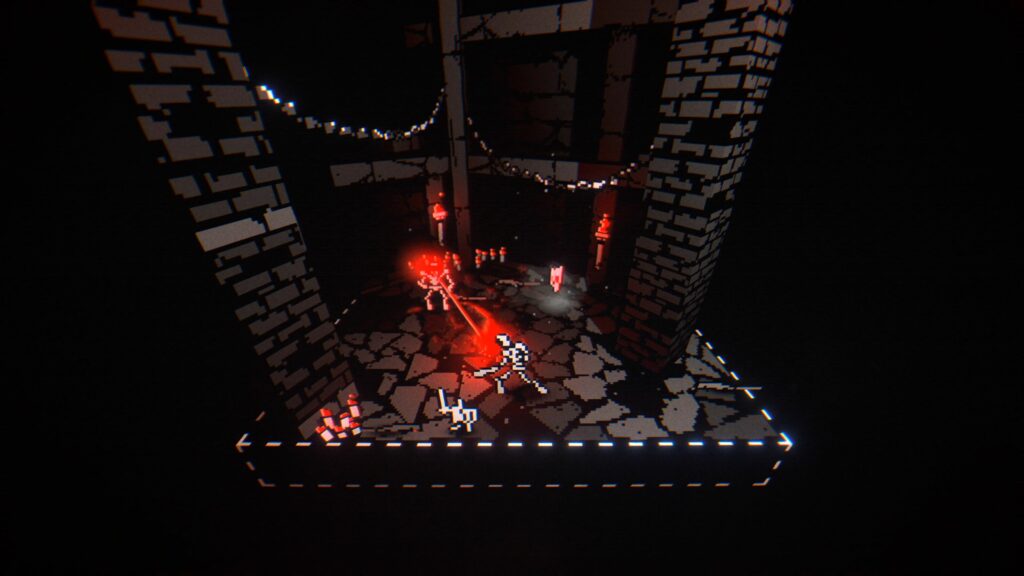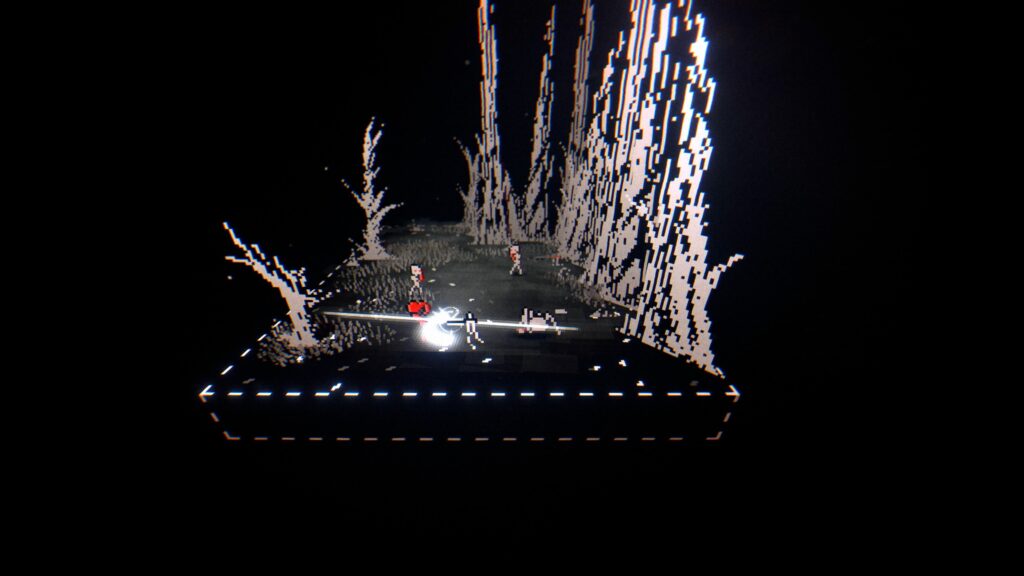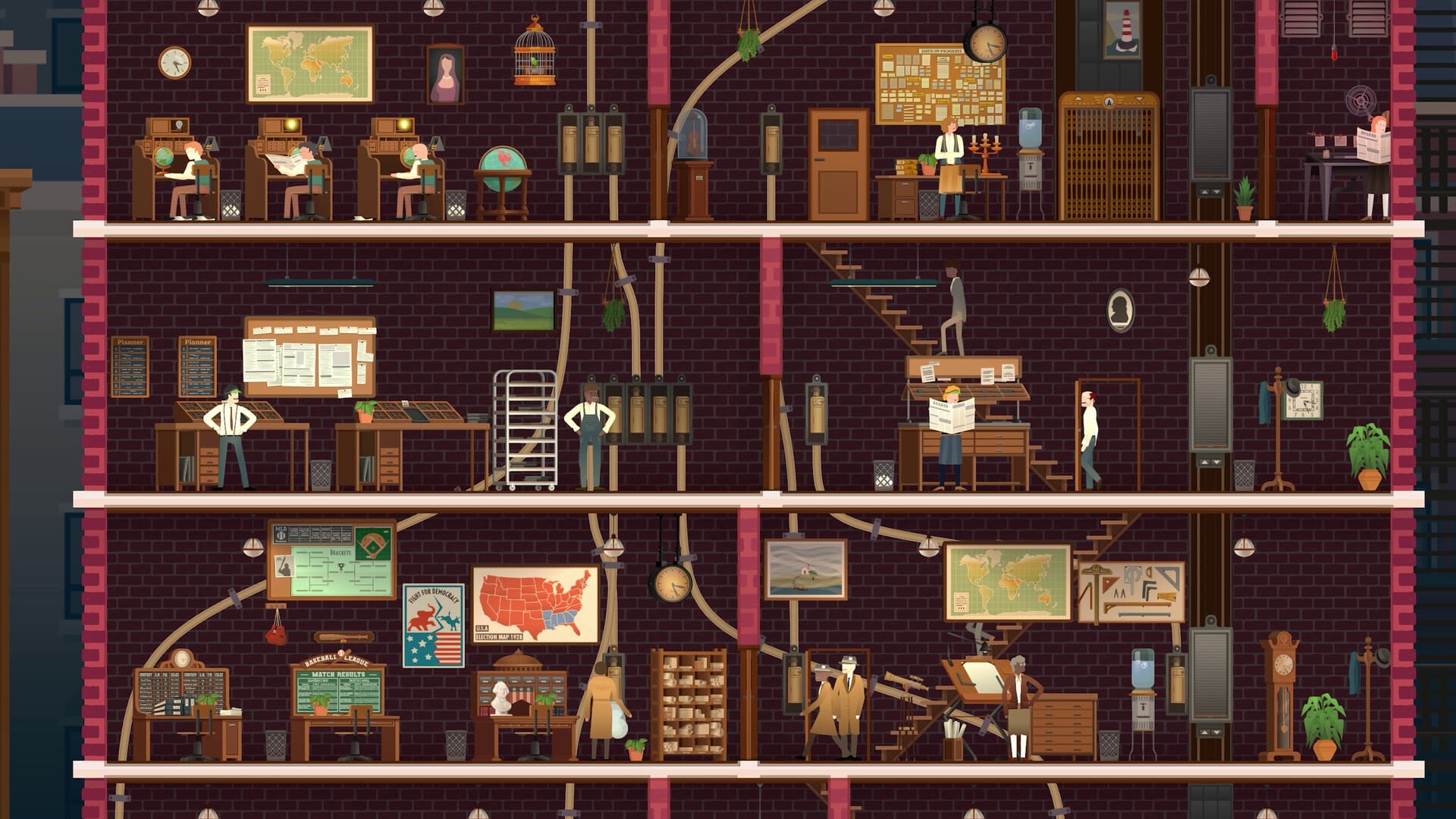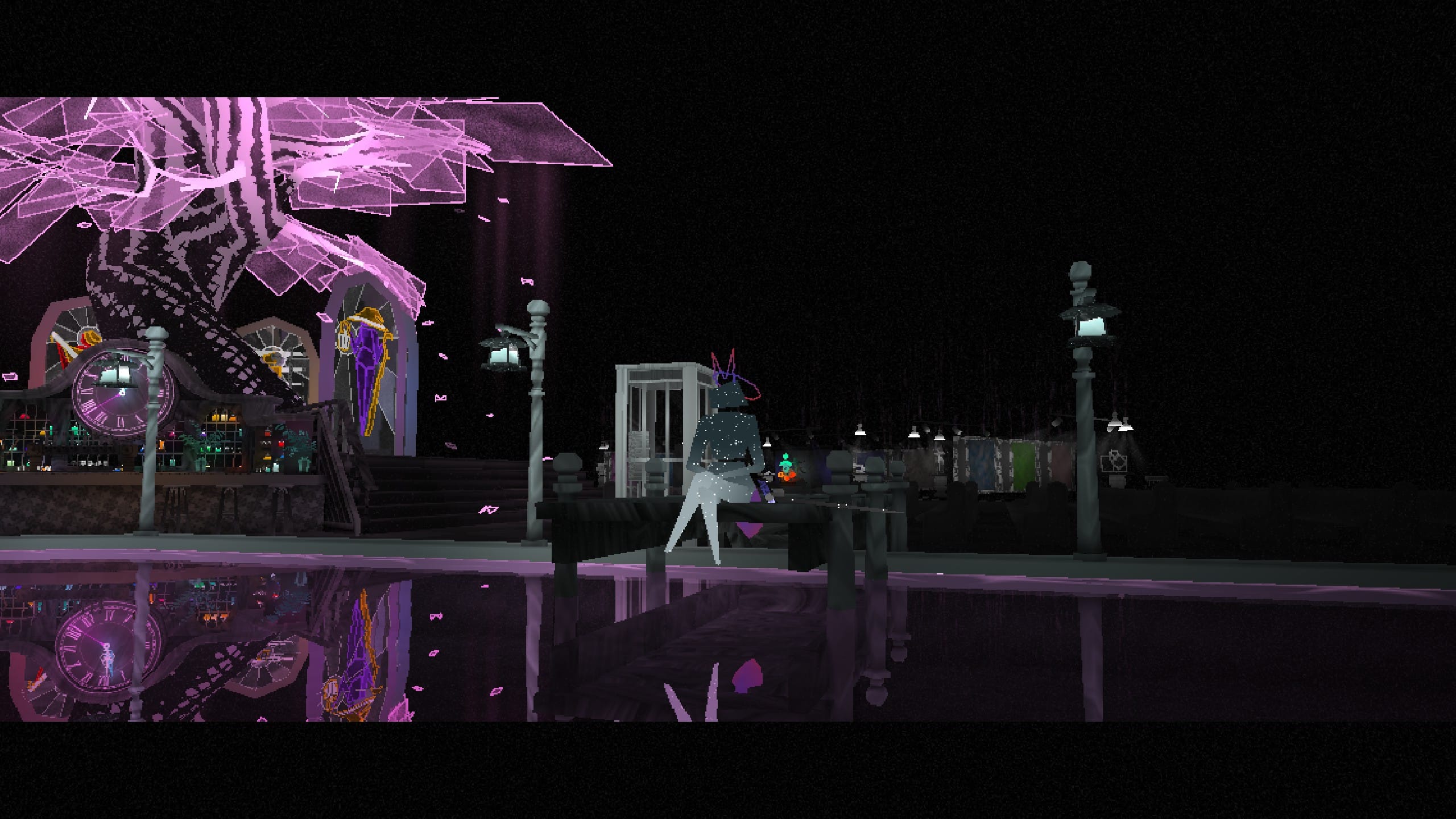There’s a tendency to look down on mobile games, to dismiss them out of hand because they exist on smart phones instead of a desktop computer or a dedicated game console. No matter how good or clever or inventive the game is, the choice of being on a phone is enough to deny it the same sort of consideration that anything on more “traditional” gaming platforms receive.
Much as I enjoy a good mobile game, I’m just as guilty of not giving them as much thought. Not out of malice, mind, I just don’t use my phone to play games very often. It’s not something I actively think about often. (The frequency of some games being iOS exclusive doesn’t help, though.) I usually end up playing them elsewhere if possible or wait for a port instead (or even a web version in some cases; I played so much Threes that way).
Bleak Sword DX is one such example. Originally released in 2019 as part of Apple Arcade’s launch lineup, Bleak Sword is an action game set on diorama-like levels against a dark fantasy backdrop that’s now made its way to consoles and PC. Its mobile origins make a lot of its qualities click. The rapid pace of its levels, the small scale of each stage, the simplicity of its verbs: it intrinsically lends itself to the short-time play that portable platforms excel at. But even removed from that space, Bleak Sword‘s brisk pace is key to its success.
Bleak Sword makes it clear what you’re in for from the get-go. You begin each stage equipped with a sword and shield. Your objective is to defeat all enemies. They arrive from multiple angles, usually one at a time, though sometimes in pairs or even trios. Most foes fall with a couple good swings of your sword, but are crafty enough to work in concert if you allow them.

Bats slowly flutter toward you, posing little threat alone, but become a nuisance if let alone long enough. Spiders constantly scurry away if you approach, waiting for a chance to suddenly lunge at you before retreating again. Tentacles from some unseen creature suddenly arise from water to swipe at you, while shield-bearing foes will gladly block whatever you throw at them so they can strike back. Any one of them alone isn’t terribly threatening, but as soon as one appears on the periphery of the diorama while you’re still clearing out the last wave, their mere presence is enough to complicate things.
Every stage is a quick affair, each lasting no more than a minute or two at most, but they’re also quick to challenge. Because each stage is a diorama, the physical space you have to work with is small and only shrinks when you add trees, swamps, buildings, bridges, traps, and more into the equation. In a one-on-one fight, that’s not a problem. But Bleak Sword seldom engages in duels. Enemies instead come in pairs or trios, either all at once or on a slight delay, each approaching from different angles.
Early on, I had trouble because I played too cautiously. I tried to take everyone on one at a time, trying to position myself such that I didn’t have to deal with multiple targets. But doing that often backfired by letting them group up as they chased me around. I had to be more aggressive: get in their face and strike relentlessly, parry whenever possible – whatever it took. And it worked! Mostly.

Bleak Sword won’t let you be reckless. Stamina dictates how many times you can swing your sword before exhaustion sets in. And while you can increase your health, attack, and defense with each new level you gain and with items you can sometimes obtain, stamina is not affected. What you see is what you get. Add to the fact that your health isn’t fully restored between stages outside of leveling up (best you can hope for is to be lucky and find a potion you can use mid-level) and the risk/reward of aggressive play becomes clear.
Not overextending is easy on paper, but every time you get that moment where one or two more hits are all you need to finish off a boss, the impulse to throw all caution to the wind is tough to ignore. But because the downtime is so small, it’s easy to hop back in and get to where you fell, which mitigates some of the potential frustration.
That speed is key. Bleak Sword is a good action game on its own, but the pace is what makes it a standout. This kind of stamina-based hack-and-slash action usually ends up being more drawn out and deliberate because of how popular Souls-style combat design is. The intent is to make each fight a struggle, where mistakes are costly but the victories feel hard fought and earned. What Bleak Sword does is reduce it to the bare essentials and craft a fast and lethal feeling game around it that cuts to the core appeal but in a form that’s easy to play in short bursts. That particular aspect is perhaps reduced when removed from the confines of a smartphone, but, for me at least, it’s still a welcome break.
I’ve played a number of long, involved games this year. From Wo Long, to Octopath Traveler 2, to Tears of the Kingdom, it’s been a year of a lot of long games so far. I’ve enjoyed them, but jumping from one to another is tiring. Makes you appreciate the smaller, more focused games. Games that do one thing well instead of trying to be sprawling and complex, that don’t demand dozens upon dozens of hours of your time. Something like Bleak Sword.





